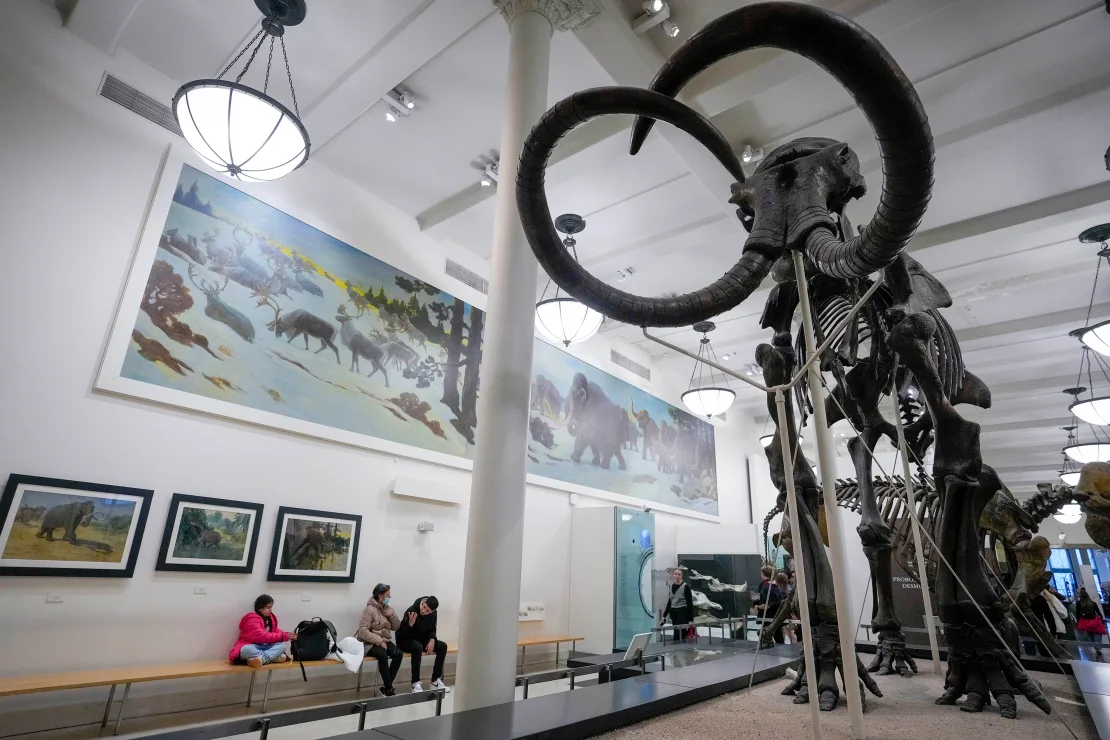The concept of bringing extinct species back to life has moved from the realm of science fiction to the forefront of scientific innovation. Researchers are now closer than ever to achieving de-extinction, a groundbreaking process that could restore species like the woolly mammoth and the Tasmanian tiger to the modern world.
The Science Behind De-Extinction
Using advanced technologies such as CRISPR gene editing and cloning, scientists aim to reconstruct the DNA of extinct species. By combining genetic material from preserved fossils with DNA from closely related modern species, they hope to create living organisms that resemble their ancient counterparts.
Recent Progress
One notable project involves the woolly mammoth, where scientists are working to integrate its genes into Asian elephant embryos. The ultimate goal is to produce a hybrid that can thrive in Arctic conditions, potentially aiding in combating climate change by restoring tundra ecosystems.
Similarly, efforts to resurrect the Tasmanian tiger, or thylacine, involve using advanced sequencing techniques to piece together its genome. This carnivorous marsupial, once native to Australia, was declared extinct in the 1930s.
Ethical and Ecological Concerns
Despite the excitement, the idea of de-extinction raises significant ethical questions:
- Biodiversity Impact: How will reintroduced species affect modern ecosystems?
- Animal Welfare: Will these revived creatures suffer health complications due to incomplete DNA sequences or artificial habitats?
Critics argue that resources should instead focus on conserving endangered species rather than reviving extinct ones. Nevertheless, proponents believe that de-extinction could provide invaluable insights into evolutionary biology and even reverse some human-driven environmental damage.
As these scientific efforts advance, society stands on the brink of an unprecedented era, one where humanity could wield the power to rewrite nature’s history.











